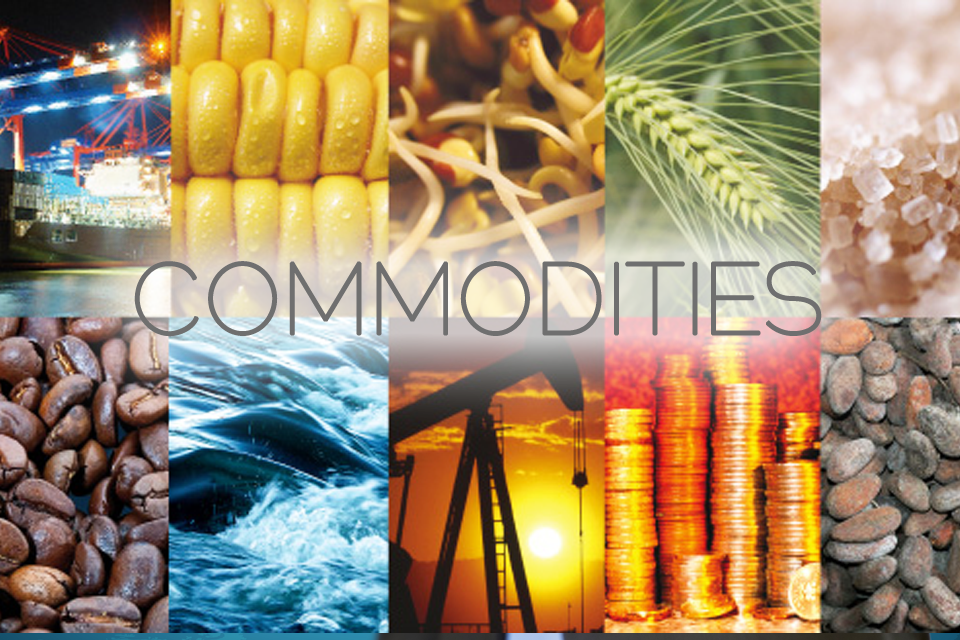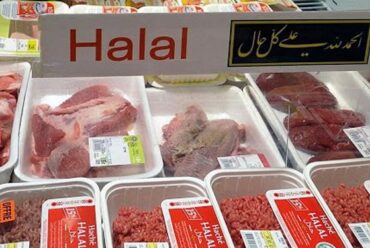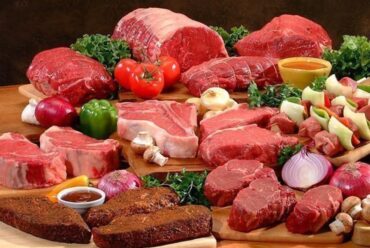Commodities: what they are, why Brazil is an exponent and how to invest in them
Commodities are raw materials, such as oil, iron ore, cellulose or soy, which make up an extremely relevant part of the Brazilian industry, especially in the export scenario. Recently, they returned to the subject of the financial market. This is because, a year after the initial Covid-19 outbreak, the international economy is beginning to show signs of recovery. The fall of 4.3% of global GDP in 2020 could be followed by growth of up to 4% in 2021, according to a recent estimate by the World Bank. Amidst advances in vaccination and fiscal stimulus measures approved by governments, stores and factories reopen their doors and the global productive sector gradually returns to pre-pandemic activity levels. One of the results of this process is the strong appreciation of commodities in the international market. Some market experts are already predicting the beginning of a new “commodity supercycle”, as observed throughout the 2000s. But what exactly are commodities? How does Brazil benefit from this increase and what investment opportunities does it generate? We’ll answer these and other questions about the topic in this Warren article. Check out!
What are commodities?
Commodities are typically raw or primary materials produced by basic industries. These goods are considered essential for virtually the entire productive sector and, therefore, have high demand and weight in the global economy. They are usually divided into two broad categories: Hard commodities: raw materials and natural resources that are usually mined or mined. Examples: oil, natural gas, gold, iron and rubber. Soft commodities: agricultural products that can be consumed or used as raw material. Examples: soy, corn, sugar, wheat, coffee and meat. But what do these products have in common? By definition, the term “commodity” refers to a good that can be produced on a large scale with little variation in quality, regardless of its origin. This feature facilitates the standardization of commodity prices on the international market. This means, for example, that the global price of a bag of Brazilian soy is the same as that of soy produced in the USA, Argentina, China or India. This standardization of commodities may be limited by certain criteria. Crude oil, for example, uses two types of oil as references: WTI, produced by the USA, and Brent, extracted from the North European Sea. There is also the class of financial commodities, which include currencies and government bonds. These assets are not industrial inputs, but have high liquidity and global demand. In this article, we’re going to focus on physical commodities. To learn more about financial commodities, you can find dollar and government bond investment guides here on the Warren blog.
Source: https://warren.com.br/blog/commodities/










No Comments